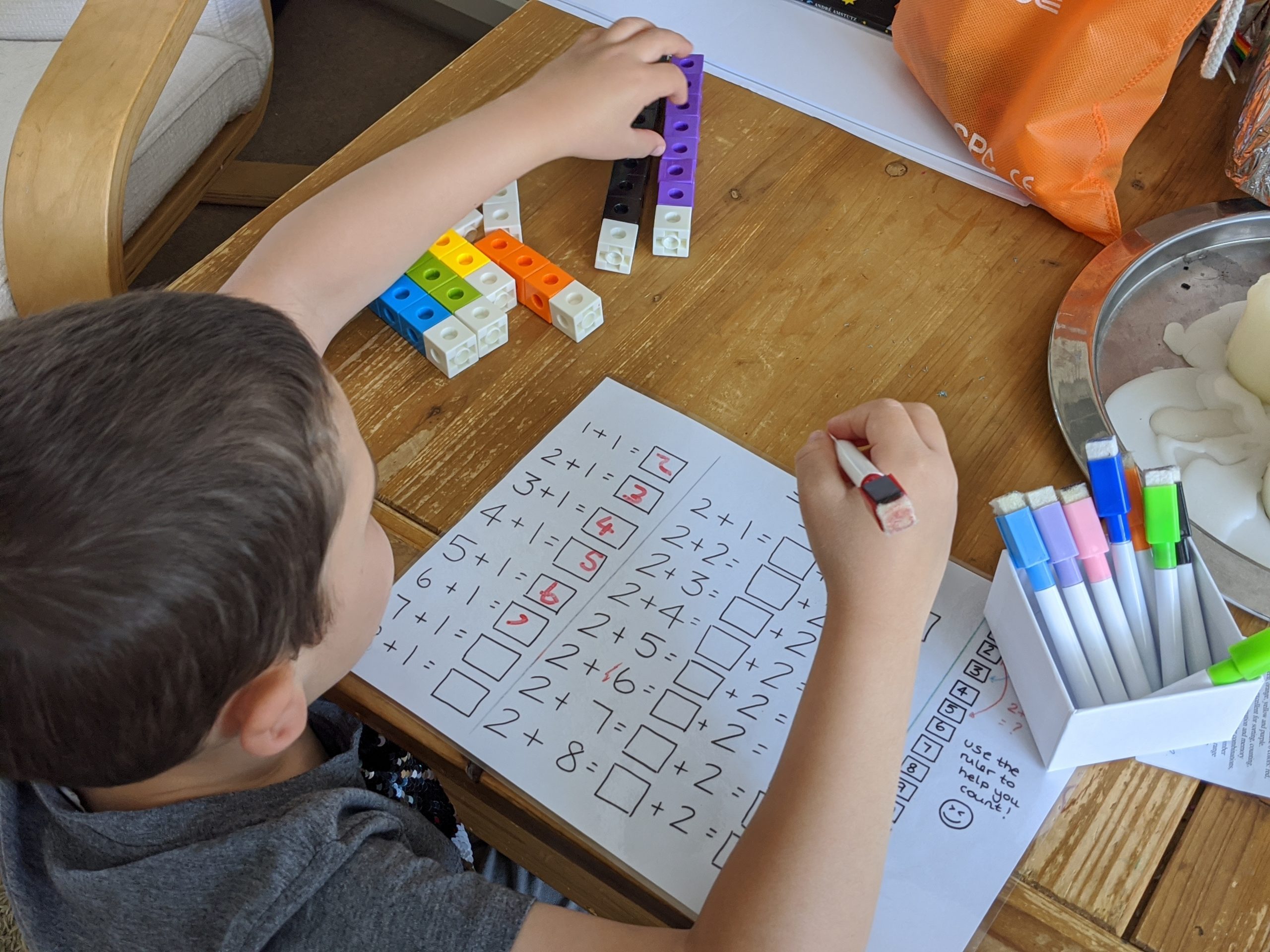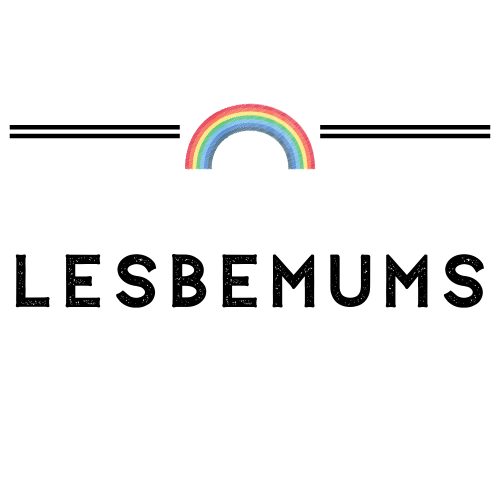
When the schools closed this year due to the COVID-19 pandemic, my immediate worry – after working out how we’re going to manage schooling and work – was how, as people who are aren’t qualified teachers (!) or that hot on phonics, we were going to continue T’s learning.
By the time the schools closed, T had only been in school for six months. It had felt like a lifetime already, but looking back, that’s no time at all. In that short space of time he’s already learnt so much, and made some fantastic friendships, but it could easily go to waste with it suddenly being removed – so we had to do something.
Prior to the schools closing, we managed to get a hold of a few things to get us started, but we knew it wouldn’t be enough if the time-frame we were going to be expected to “teach” was as long as they were saying, so with this in mind we invested in a few more – after all, who knows if this is going to happen again?
If you’re planning on topping up a few of your resources, here are a few of our favourite go-to tools:
*This post contains some affiliate links
Places like Amazon and eBay are great places to start for more immediate situations, however if you have more time I would highly recommend visiting local Facebook selling pages or groups, charity shops, or independent sellers on Etsy. Although they’re not always the cheapest option, it will mean that you’re supporting a local business or resident, and it also means that you’re recycling something rather than purchasing something new and causing more waste.
Likewise, if you’re in a hurry, online resources like Oxford Owl are perfect for a quick print. I also found loads of educational or home-schooling bloggers over on Instagram who were very generous in sharing their lesson plans and learning ideas. One of my favourites during lock down was ‘Little Home Genius‘.
View this post on Instagram
Literacy
We’re big readers in this house, so we were least intimidated by the thought of planning some sessions around reading and writing. On days where we would concentrate on reading, we would sometimes choose a theme and then pick a few books to read. After, I’d then write a few sentences down – often missing a few words out – for T to find and copy. Other days, we’d play rhyming games and think of as many words we could, or work on more “trickier” words like ‘Th’, ‘Sh’, ‘Ch’, and ‘igh’.
Tip: Letter and word fridge magnets are a brilliant alternative to pen and paper.
That being said, Phonics still plague me (PLEASE EXPLAIN TO ME ‘SEE’ AND ‘SEA’) and T has got into this cute-and-somewhat-frustrating habit of confusing b, p, g and d when he writes.
With this in mind, we purchased tons of work books that helped with handwriting and spelling, a few of which were even wipe-clean for repeated use. A few weeks ago, we were kindly sent some resources from Oxford University Press, who have a wide selection of resources for school-aged children.
These were a welcome addition to our collection and I appreciated the added extra of stickers for particularly good work, as well as fun activities such as dot-to-dot and colouring in to break up the more academic pages. We really liked the ‘Read with Oxford’ books and will certainly be investing in more books from their range, although moving forward there’s also their ‘Progress with Oxford’ range, which expands on more core skills such as Grammar, Numeracy, and Handwriting!
As well as work books, Oxford University Press also have a fab selection of cue cards and story prompts to encourage imaginative story telling.
On days where T wasn’t so keen on sitting down with a book, I would often pick up a few cards and make up silly stories or get him to decide the fate of the hare and tortoise! Eventually, this would lead to a bit of drawing or some handwriting practise.
What I REALLY like about Oxford University Press, is that there’s a handy quiz on their website for parents and guardians to do to see what reading level their child is at. If you’re anything like me, the book ‘bands’ aren’t always that easy to work out, especially if your child has different levels of confidence when it comes to certain words or phrases. This helps you with this.
Freebie! Oxford Owl have lots of FREE e-books for 3-11 year olds, including ones featuring their favourite school characters; Biff, Chip & Kipper! There’s also lots of free downloads online.
STEM (Science, Technology, Engineering & Maths)
In comparison to reading and writing, we weren’t quite up to scratch when it came to tools relating to STEM subjects. Construction toys such as Building Dominoes, Connector Straws, Marble Run, and Lego are all PERFECT for engineering skills. We would often spend a whole day building something, with me sometimes purposefully getting it wrong so T could correct the issue.
They’re also incredibly versatile. Things like Lego and Dominoes are brilliant for practising number and colour patterns.
When it came to Maths, we struggled. Of course we purchased a few workbooks, but for us we wanted to be more visual and physical when it came to addition and subtracting. With this in mind, we got ourselves some math cubes, counters, as well as mathematical sticks
These were excellent for teaching basic Maths, not to mention continuing our work on patterns! It meant I was able to create lots of different games and tasks using these as core elements.
Sport
I’ll start now and say that although I enjoy watching sports, I am the least athletic when it comes to sport. I don’t mind the occasional game of rounders or cricket, and I love playing a bit of basketball, but anything outside of this – especially any sort of circuits or PE – is not my bag, but with parks being closed during lockdown and outside space coming at a premium due to changes in weather, we had to devise plans to keep T active.
On days when Sharon had T, she would set up little circuits using his hula hoop, a skipping rope, and some hop scotch chalked onto the path. When I took over, I’d go more traditional sports day and have egg & spoon races or bean bag throwing. When we were able to go out, we’d then (attempt) to play football or rugby.
All of these resources came from Facebook selling pages or supermarkets.
Arts & Craft
Similar to how I am with sport, T does not dig arts and crafts – much to my displeasure. That’s not to say I love it, but I enjoy getting creative and I weep at the amount of craft we have ready to explore.
That being said, on rainy days – and we had a few of the during lockdown – I managed to get T to sit down a few times and make some bits that went with our theme for the day. We also had a few things left over from some of the subscription boxes that we’d reviewed previously (Mud & Bloom) came in really handy!
Before lockdown, local pound shops or places like The Works are great for large crafting kits that have everything in one box!
So there are a few of our favourite resources and places to find them! Do you have any recommendations? Where do you source your resources? Has this list been useful? Comment below!
We received the featured items from Oxford University Press in exchange for an honest review and mention in this post, however all thoughts, opinions, and imagery are our own.

















